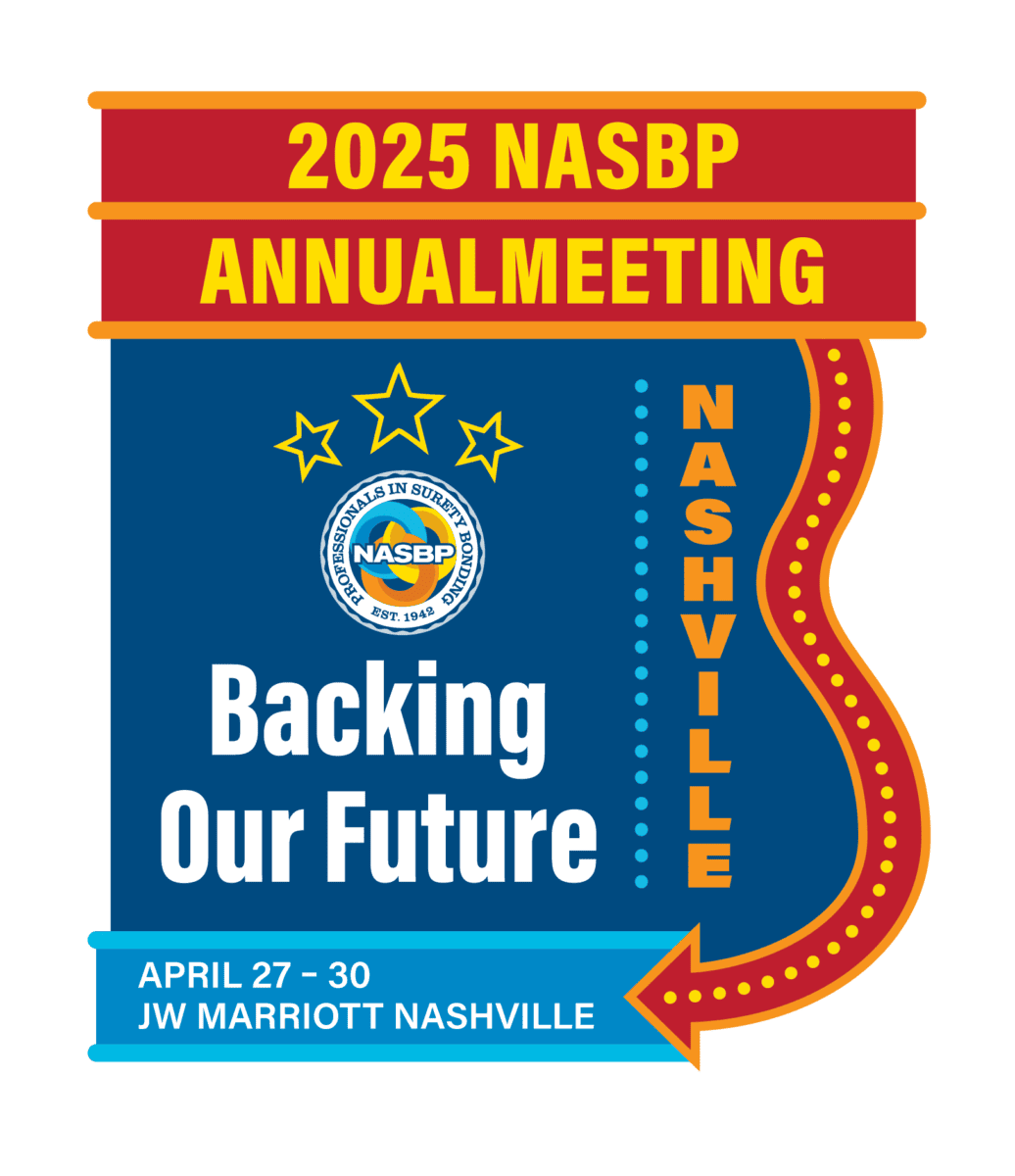
Federal Circuit Distinguishes Between Requests for Equitable Adjustment and Claims Under the Contracts Dispute Act
A noteworthy decision came down this year from the United States Court of Appeals for the Federal Circuit. Federal contractors and their advisors should take attentive note of Zafer Construction Co. v. United States, 2022 WL 2793596 (Fed. Cir. July 18, 2022), in which the court analyzed the distinction between a request for equitable adjustment (REA) and a claim under the Contract Disputes Act (CDA). A copy of the decision can be found here. At issue in the case was whether the REA was a claim under the CDA and, therefore, timely submitted.
Background
The United States contracted with a design-build contractor, Zafer Construction Company (Zafer), on a federal project in Afghanistan. Zafer completed the project and submitted a REA for delays and changes caused by the government. Zafer submitted its request so that the parties could engage in negotiations to resolve the request. Both REAs and claims under the CDA (over $100,000) require contractor certification, but the certification of a claim is more detailed than that required for an REA. Notably, Zafer certified its REA in accordance with the CDA certification requirements.
The parties negotiated the REA for over four years but did not fully resolve Zafer’s request. Zafer asked the government to convert the REA to a claim. The contracting officer determined that the claim was time barred because most of it occurred more than six years before Zafer requested to convert the REA into a claim.
Zafer sued the government in the Court of Federal Claims (COFC), which found the claim time barred, as Zafer converted its REA into a “proper” claim after the 2017 deadline. It also found that the REA “lacks a request for a final decision” and “asks for negotiations” and is, therefore, not a claim but a request for negotiations. The COFC, accordingly, dismissed Zafer’s complaint for failure to state a cause of action upon which relief can be granted under Rule 12(b)(6).
Zafer appealed the decision to the Federal Circuit. The Federal Circuit found that Zafer’s REA implicitly requests a final decision and therefore is a claim under the CDA, timely submitted. The Federal Circuit reversed the COFC’s “contrary determination” and remanded the case for further proceedings.
Federal Circuit’s Analysis
-
-
- written demand or written assertion by one of the contracting parties seeking, as a matter of right, the payment of money in a sum certain, the adjustment or interpretation of contract terms, or other relief arising under or relating to this contract.
-
48 C.F.R. § 52.233-1(c).
Under the CDA, for claims for more than $100,000, the contractor must certify the following:
|
41 U.S.C. § 7103(b)(1). REAs, on the other hand, require certification of only (A) and (B).
In addition, “a contractor must show ‘what the contractor desires by its submission is a final decision’ from the contracting officer determining whether the contractor is entitled to the claimed amount.” Significantly, the court noted that the contractor’s request for a final decision can be either explicit or implicit. The claim does not need to be submitted in any particular form or use any particular wording: “magic words are not required in our cases.” An REA can, therefore, constitute a claim under the CDA.
Zafer argued that its REA fulfilled that requirement because the document discussed Zafer’s request for money owed, showing that Zafer intended for the contracting officer to make a decision regarding entitlement. The government responded that Zafer “sent clear signals” that it intended only to negotiate a contract proposal, not to request a final decision.
Dismissing the importance of the contractor’s subjective intent, the court observed that the “determination focuses on whether, objectively, the document’s content and the context surrounding the document’s submission put the contracting officer on notice that the document is a claim requesting a final decision.”
For a contractor to be successful in pursuing a claim against the federal government, she needs to understand the rules and regulations and comply with them. If the applicable rules and regulations are not followed, a contractor runs the substantial risk that her claim may be waived or the board or court will not take the appeal.

The author of this article is Martha Perkins, General Counsel at NASBP. She can be reached at mperkins@nasbp.org or 240.200.1270.
This article is provided to NASBP members, affiliates, and associates solely for educational and informational purposes. It is not to be considered the rendering of legal advice in specific cases or to create a lawyer-client relationship. Readers are responsible for obtaining legal advice from their own counsels and should not act upon any information contained in this article without such advice.
Get Important Surety Industry News & Info
Keep up with the latest industry news and NASBP programs, events, and activities by subscribing to NASBP Smartbrief.




